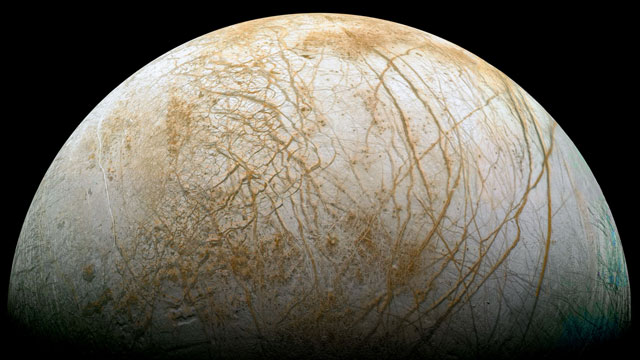
Europa could harbor complex life, and we'll have to take care to avoid any cross-contamination. (credit: Ted Stryk/NASA)
The Beresheet crash landed on Earth's Moon in 2019. Part of the ill-fated Israeli lunar lander's payload was a bunch of tardigrades, or "water bears." These organisms are under a millimeter long and can survive extreme cold and radiation by expelling nearly all their moisture before entering a nearly death-like state. The Beresheet tardigrades may have survived the crash and could, potentially, be resurrected by being reintroduced to water.
The tardigrades—sometimes called moss piglets—are safely asleep and probably not running amok on the surface of the Moon. But, in general, scientists, governments, and space agencies around the world agree that bringing Earth's life to extraterrestrial locales, or vice versa, isn't great.
A new paper builds on the growing body of literature about this cosmic no-no and draws on the burgeoning field of invasion science—the research of how, on Earth, non-native species spread to and alter new locations. The zebra mussel's spread across North America through its ability to outcompete native species is a classic example.
No comments:
Post a Comment